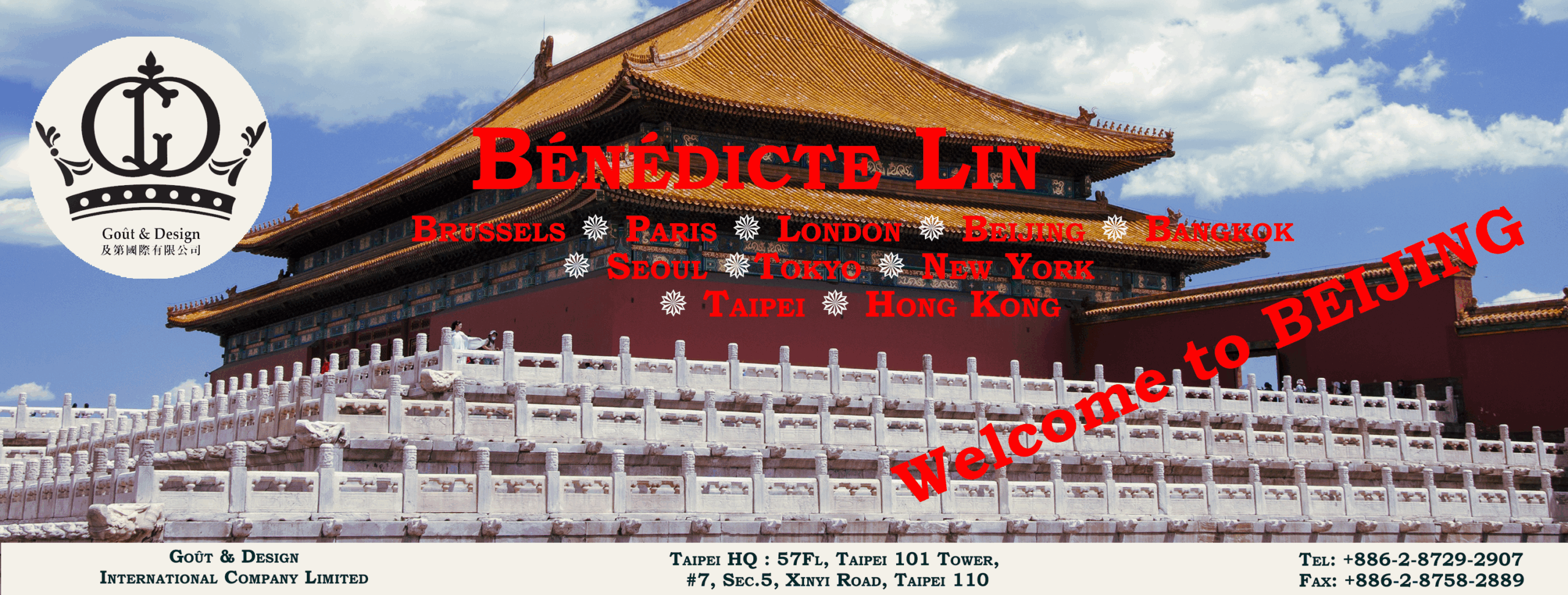The 2025 Singapore Grand Prix roared through Marina Bay with record crowds — over 300,000 spectators packed the city for a weekend of heat, glamour, and roaring engines. It was a masterclass in urban marketing: hotels sold out months ahead, luxury brands battled for visibility, and the event generated an estimated hundreds of millions in economic activity. For the city, it was a victory lap in tourism and commerce.
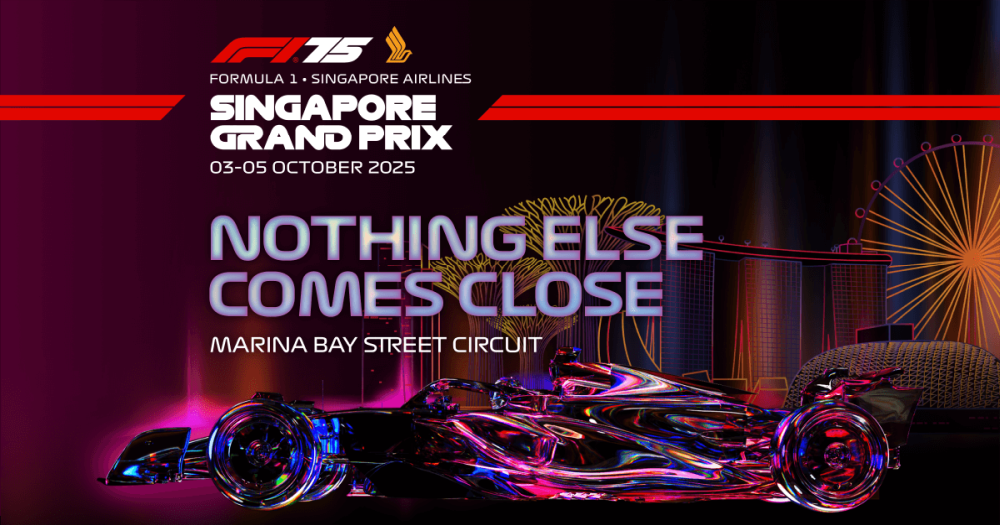
But for many fans, the essence of the race was buried under sponsorship banners and celebrity sparkle. The paddock now feels like a fashion runway, the concerts draw more eyes than the qualifying laps, and even trackside advertising seems louder than the cars. Formula 1, once a test of courage and engineering, is now as much about camera angles as apexes.
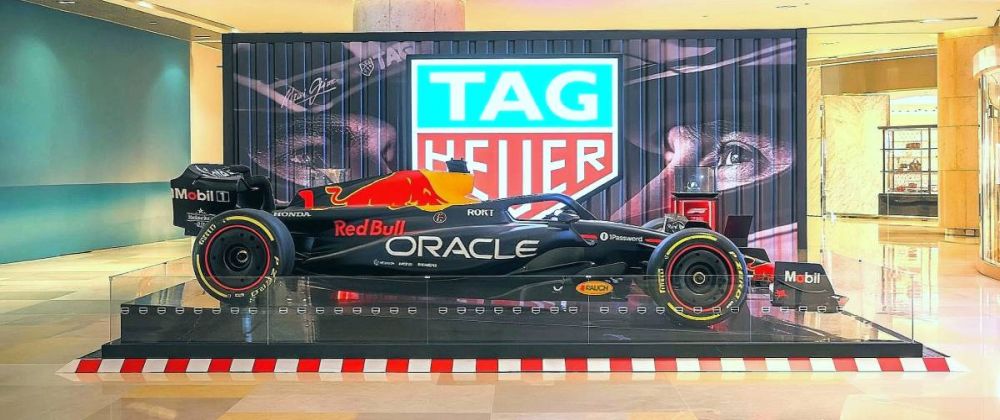
Singapore perfected the formula — literally. Every detail, from lighting to logistics, maximizes exposure and revenue. Yet in this pursuit of spectacle, the sport risks becoming secondary. The roar of the engines competes with the sound of cash registers, and moments of genuine racing brilliance are drowned in a sea of branded experiences and curated luxury.
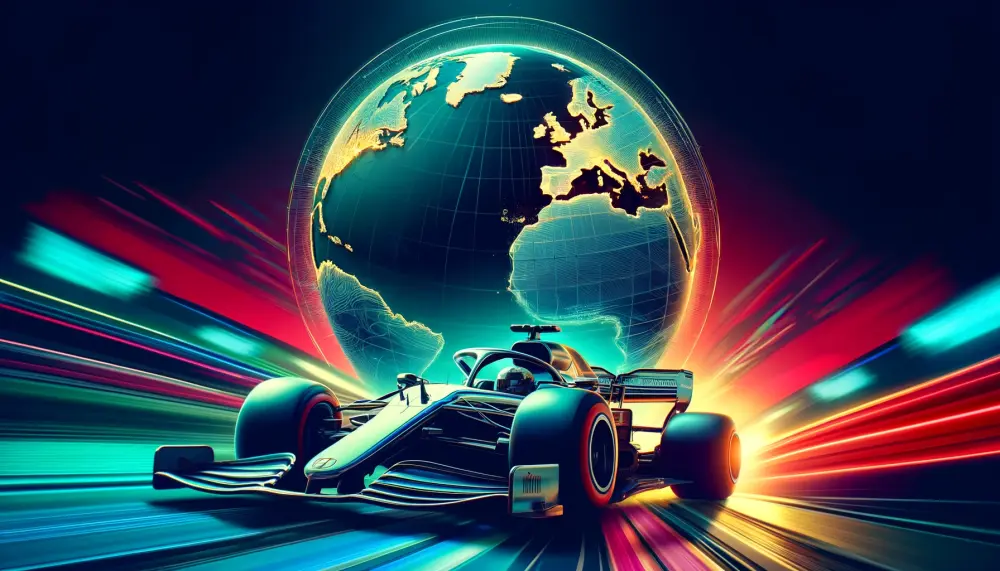
There’s no denying that Formula 1 has evolved into a global entertainment empire, and Singapore sits proudly at its commercial core. Still, beneath the fireworks and champagne, a quiet question hums among true fans: when the biggest winner each year is the balance sheet, what’s left of the race itself?
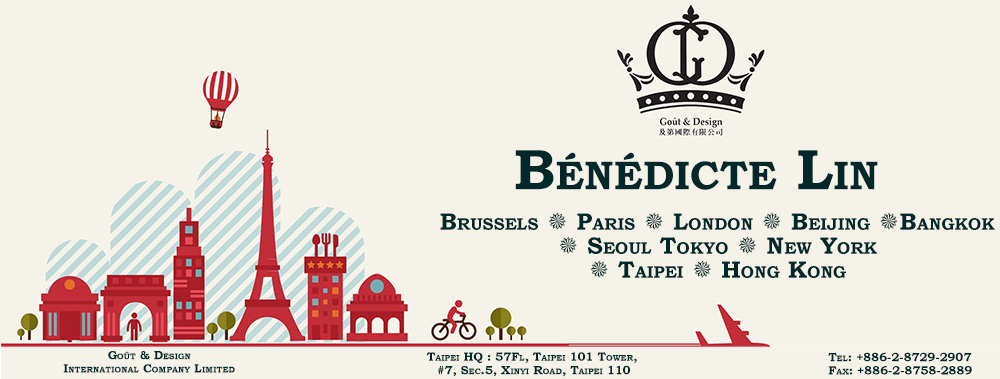
#SingaporeGP2025 #Formula1 #F1 #Motorsport #RacingBusiness #SportsEconomy #GrandPrix #Singapore
